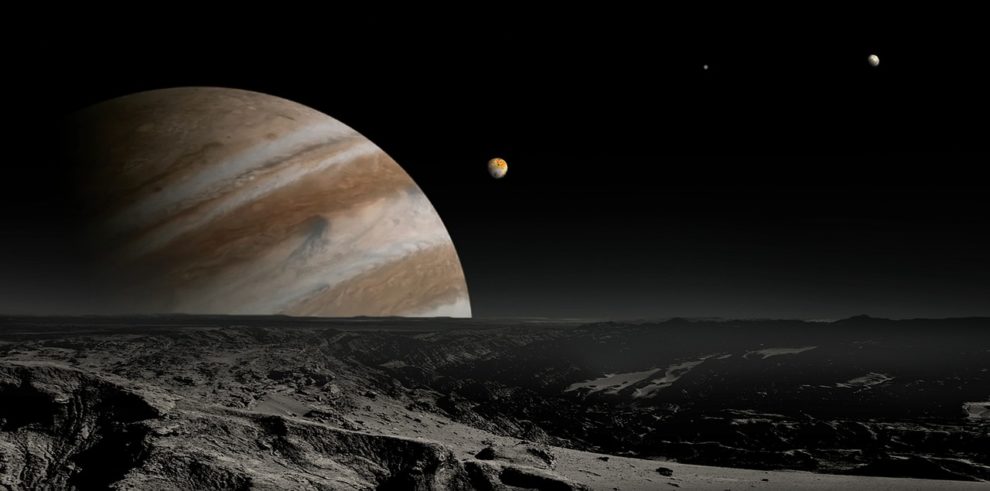An astronomical team has captured an image of the hottest and most massive planet-hosting star system ever discovered.
The giant planet, known as b Centauri (AB)b or b Centauri b, is 325 light-years away in the Centaurus constellation. It was discovered orbiting b Centauri, a young massive binary star.
b Centauri b is visible to the naked eye and is ten times the mass of Jupiter, making it one of the most massive planets ever discovered.
Furthermore, it revolves around the binary star at a staggering 100 times the distance Jupiter does from the Sun, making it one of the most expansive orbits ever discovered. This great separation from the central pair of stars may be critical to the planet’s survival. The planet, however, should not be confused with beta Centauri, a bright binary star.
“Finding a planet around b Centauri was very exciting since it completely changes the picture about massive stars hosting planets,” explained Markus Janson, an astronomer at Stockholm University, Sweden.
The b Centauri binary star, which is only 15 million years old, has at least six times the mass of the Sun. Because of this, it is by far the most massive stellar system in which astronomers have discovered a planet. Previous studies had failed to detect any such object orbiting a star more than three times the mass of the Sun.
Most massive stars are also very hot, and this system is no exception: its primary star is a B-type star that is more than three times hotter than the Sun. It emits a lot of UV and X-ray radiation because of its high temperature.
This type of star’s large mass and heat have a strong impact on the surrounding gas, which should prevent planet formation. The higher the temperature of a star, the more high-energy radiation it emits. Because of this property, the surrounding material evaporates more quickly.
The new discovery shows that planets can form in such harsh stellar environments.
“We have always had a very solar system centric view of what planetary systems are ‘supposed’ to look like,” MPIA scientist and co-author Matthias Samland points out.
“Over the last ten years, the discovery of many planetary systems in surprising and novel configurations has made us widen our historically narrow view. This discovery adds another exciting chapter to this story, this time for massive stars.”
The new planet was discovered using the sophisticated Spectro-Polarimetric High-contrast Exoplanet REsearch instrument (SPHERE) mounted on the Very Large Telescope (VLT) at the European Southern Observatory (ESO) in Chile.
Furthermore, the team examined previous data on b Centauri and discovered that the planet had been imaged by the ESO 3.6-metre telescope more than 20 years ago, though it was not recognised as a planet at the time.
